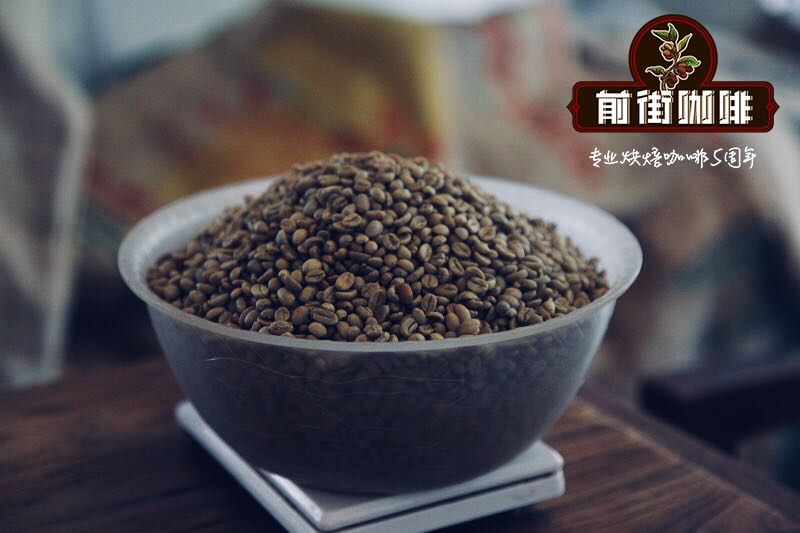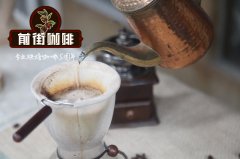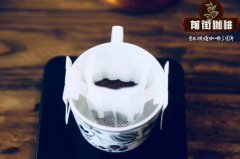What is honey treatment? What is the difference between yellow honey, red honey and black honey?

What is honey treatment?
Honey treatment honey treatment Honey/Miel Process also known as pulp tanning method Pulped Natural
Honey treatment, called HoneyProcess or Miel Process, is used in coffee gardens in Costa Rica (Costa Rica), Panama (Panama) and Guatemala (Guatemala), which is called Honey Coffee. The so-called honey treatment refers to the process of making raw beans with mucous membrane for sun-drying.
After the outer pulp of the coffee bean is removed, there will be a layer of sticky jelly. The traditional washing method washes it away with clean water, but this direct drying method has been born because of the limitations of water resources in some high-altitude areas.
Pulp means "flesh". Whether from the point of view of the original meaning or from the point of view of the way it is handled, Pulped Natural should be translated into "flesh solarization". Many people confuse the definitions of "flesh solarization Pulped Natural", "semi-washed Semi-Washed", "wet planing Giling Basah", "honey treatment Honey/Miel" and so on.
Flesh tanning is a hybrid version of solarization and washing. The idea is to use less water than the water washing method to produce coffee with a cleaner flavor and a thicker taste than the sun washing method, which can be said to be a kind of water washing and sun washing middle way, which is why people tend to mistakenly call it "semi-washing".
Like washing and solarization, pulp solarization has become a feasible and high-quality method for drying coffee fruits. In Brazil, which was born in 1990, Brazilians in order to give up the rotten sun-cured coffee that has been criticized for a long time, and unable to solve the problem of using water in coffee washing, finally found another way to combine washing with sunlight to create pulp solarization. The pulp solarization method not only reduces water consumption, but also reduces the effect of exocarp on coffee beans, which is a cost-effective coffee treatment method.
The difference between honey treatment and half-sun exposure
Compared with the large half-sun pulp planer in Brazil, the honey-treated pectin planer is more demanding, and the thickness of pectin planing must be precisely controlled, just like a bean grinder. In Brazil, the retention of half-sun pectin is only about 60%, which is equivalent to that of [yellow honey].
What is the difference in flavor between yellow honey, red honey and black honey in honey treatment?
Simple understanding: the more pectin you keep, the richer and sweeter the coffee will be. Here is a comparison of the flavors of several honey treatments in our cafe:
Pectin mucous membrane is the part with the highest content of coffee fructose, and it is also an important part of coffee fermentation. It can be said that 80% of this part determines the supply of nutrients in the process. Yellow honey retains 60% pectin, red honey retains 75% pectin, and black honey hardly removes pectin.

Flavor of honey treatment
The more coffee pectin is retained, the higher the sugar content and the more complex the flavor will be. the advantage of higher sweetness is that it can best preserve the original sweet flavor of coffee ripe fruit, making the coffee show elegant black sugar flavor and drupe sweetness. The berry flavor also supports the basic aroma of red wine and is considered to be a very elegant product.
A brief summary:
Sweetness: black honey > red honey > yellow honey > white honey
Cleanliness: White honey > yellow honey > red honey > black honey
Sense of balance: red honey / yellow honey > black honey / white honey
Coffee farms in the honey treatment of the sunshine process, they are by raising the sun bed, and whether to add sunshade net to prevent sunscreen, when they want the coffee to ferment longer, they will choose the sunshine time longer, and add sunshade net to prevent excessive fermentation, on the contrary, when they want more cleanliness, they will control the sunshine time shorter and do not add sunshade net.

Photo Source: cuppingspoon
Yellow honey: retain about 60% of the pectin; drying method requires the most direct heat absorption, accept the most light drying, lasting about 8 days to achieve a stable water content.
Red honey: retain about 75% of the pectin; dry longer than yellow honey, and reduce the time of direct sunlight exposure, even in shading sheds, lasting about 12 days.
Black honey: retain close to 80% or 100% pectin; dry for the longest time, lasting at least 2 weeks, using a cover to avoid too strong sunlight, prevent drying too fast, and make sugar conversion more fully.
Basically, the manufacturing process of [red honey] is much more difficult than that of [yellow honey], but the taste spectrum is deeper, with a hint of game on the palate, but instantly feathered into a rich fruit sweet aroma, just like the delicate fermented aroma of Yega Xuefei's well-known sun beans Biloya and Aricha.
The main difference between [white honey] treatment and [yellow honey] treatment is "the distinction of drying thickness", which determines the drying speed and drying uniformity, and then affects the sweetness and fermentation degree of coffee.
Juxtaposed with the two traditional treatment methods, water washing and sun treatment, honey treatment has become a unique method in coffee treatment. The taste difference between honey treatment and water washing treatment: higher sweetness, higher sugar content and higher alcohol thickness (under the premise of the same baking degree)
What is the honey treatment of failure?
Failed honey-treated coffee will have a strong defective sun flavor, similar to the rough sun-cured onion, durian, bean curd and, more seriously, alcohol potions. Normal honey-treated coffee has a mild sour taste. If it is sour enough to pout, it will also be a good product.
The first thing about honey treatment is freshness. If the manufacturing period is more than 10 months, the charming sweet aroma of fruit will be lost.
Important Notice :
前街咖啡 FrontStreet Coffee has moved to new addredd:
FrontStreet Coffee Address: 315,Donghua East Road,GuangZhou
Tel:020 38364473
- Prev

The difference between hanging-ear Coffee and Instant Coffee the correct way to make black coffee is recommended.
Professional coffee knowledge exchange more coffee bean information please follow the coffee workshop (Wechat official account cafe_style) order a cup of fresh mill book in the cafe; buy a Starbucks to wake up on the way from home to the office; tea gossip time to stuff a capsule into the machine? Or from grinding beans to hand flushing, enjoying a stylish life, or randomly grabbing a bag of instant solution
- Next

What is an earbag? How to use the earbag? What details do you need to pay attention to when using an earbag?
Professional coffee knowledge exchange more coffee bean information Please pay attention to the coffee workshop (Wechat official account cafe_style) in recent years we are more and more familiar with the follicle hanging earbag, in fact, it is a patent invented by the Japanese, the coffee powder is put in a filter bag, and the splints on both sides are hung on the cup, which can be thrown away after brewing, so that you can drink at home just like a drop of brewed coffee. Convenient to hang up
Related
- What is the meaning of lactic acid fermentation with coffee bean treatment?
- How to judge the state of foam by sound?
- How does the latte pull out the unicorn pattern? Come to get for a little trick to improve the flower pull!
- Will flower pulling affect the taste of the latte?
- Do you know the history of coffee?
- The difference between honey treatment and sun washing what is raisin honey treatment?
- What kind of milk can a novice use to make coffee foam to keep the foam longer? The correct method and skills of milking tutorial sharing
- Why do washed coffee beans taste sour? Flavor characteristics of washed Coffee
- Introduction to the skill of how to practice the size and height of water injection around the circle of hand-brewed coffee
- How do beginners practice coffee flower drawing from scratch?

